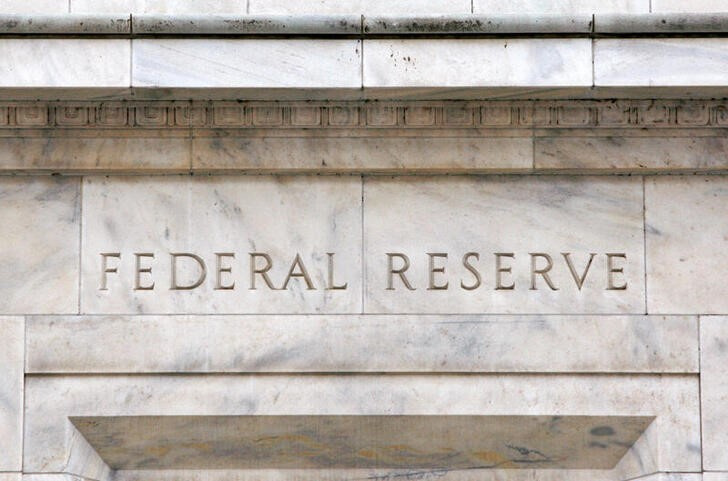Investing.com’s stocks of the week
The US Consumer Price Index (CPI) for July indicated a slight easing in inflation, with both core and headline figures coming in below expectations.
The CPI rose by 0.2% in July, aligning closely with consensus forecasts. This increase is attributed to a 0.15% unrounded monthly rise.
Energy prices remained largely stable during the month, with no significant change in gasoline and electricity costs. Gasoline prices dropped by approximately 2% compared to July of the previous year, while electricity prices saw a 4.9% year-over-year increase.
Food prices experienced a modest 0.2% uptick in July and have risen by 2.2% over the past twelve months. The deceleration in food inflation, which had surged past 11% in 2022, is now reverting to the near 2% rate that was typical before the pandemic's onset.
The tempered growth in energy and food prices has contributed to the annual CPI inflation rate's decline to 2.9%, marking the first time since March 2021 that the figure has fallen below 3%.
The data suggests that inflationary pressures may be softening, providing some relief from the high rates experienced in the previous year.
What Wall Street economists are saying
"This is now a labor data-first Fed, not an inflation data-first Fed, and the incoming labor data will determine how aggressively the Fed pulls forward rate cuts," Evercore ISI economists said.
"This print is not so benign as to suggest the Fed has a totally free hand to focus on the labor market, such that the bar for a 50bp cut in September would go down further with immediate additional risk-on. But the bar for a 50 – while not yet met – remains low, with nothing in this print suggesting a more serious inflation constraint on the Fed’s ability to manage employment risks."
Wells Fargo economists added: "Today's data leave the FOMC in a holding pattern and do not settle the 25 bps or 50 bps debate for September."
Citi: "A third month of particularly favorable ~2% annualized core inflation will allow Fed officials to turn their focus to asymmetric risks around the labor market. We continue to expect the start of rate cuts in September with a 50bp cut."
